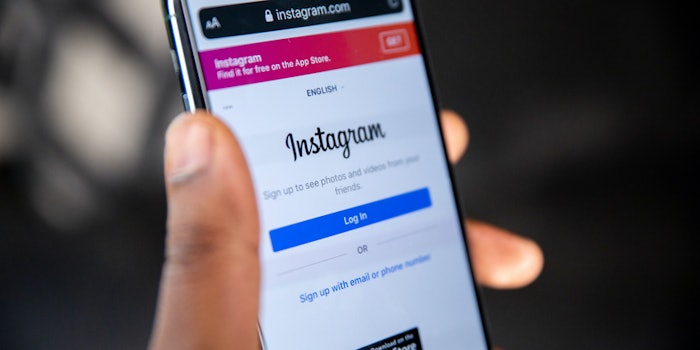
The U.K. Advertising Standards Authority (ASA) has released its report on influencers and advertisements.
Related: Hailey Bieber Establishes YouTube Channel
In September 2020, the ASA reviewed the Instagram accounts of 122 United Kingdom-based influencers to assess whether advertising content was being properly disclosed.
The ASA found that nearly one in four of the Stories it assessed were advertisements, but only 35% of them were clearly labeled and identifiable as such.
The top compliance rates included jewelry and accessories, with compliance from 50% of related posts, and beauty, with 45%.
The most common issues the ASA found include:
-
Inconsistent disclosure across Stories: when a piece of ad content spans a number of consecutive Stories, unless it’s absolutely clear that this is part of the same posting, each Story must be disclosed as an ad.
-
Inconsistent disclosure across Stories, IGTV, Reels, posts: a Story was not disclosed as ads but its corresponding posts were.
-
Visibility of ad labels: labels were sometimes in a small font, obscured by the platform architecture or otherwise difficult to spot.
-
Affiliate content is still an ad: the use of #affiliate or #aff with no additional upfront disclosure are not likely to be enough on their own to disclose to users the advertising nature of the content
-
Own-brand ads: Influencers should not rely on bios or past posts to make it clear to consumers that they are connected to a product.
The ASA's bottom line for advertisements: it must be obvious to consumers before they read, like or otherwise interact with a social media post if what they are engaging with is advertising.
ASA chief executive, Guy Parker, said, “There’s simply no excuse not to make clear to the public when positive messages in posts have been paid-for by a brand. While some influencers have got their houses in order, our monitoring shows how much more there is to do. We’ve given influencers and brands fair warning. We’re now targeting our follow-up monitoring and preparing for enforcement action.”










